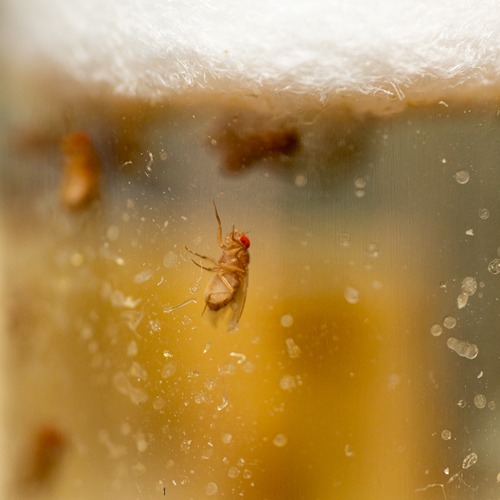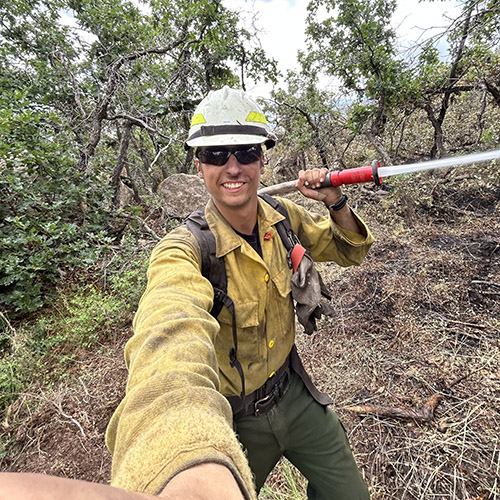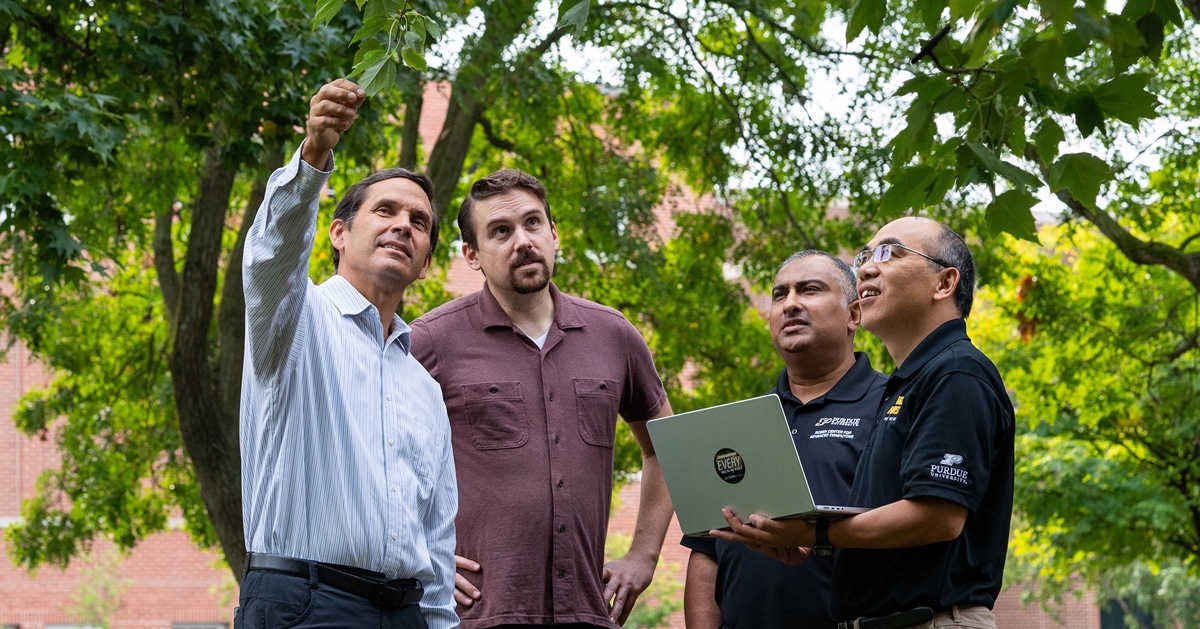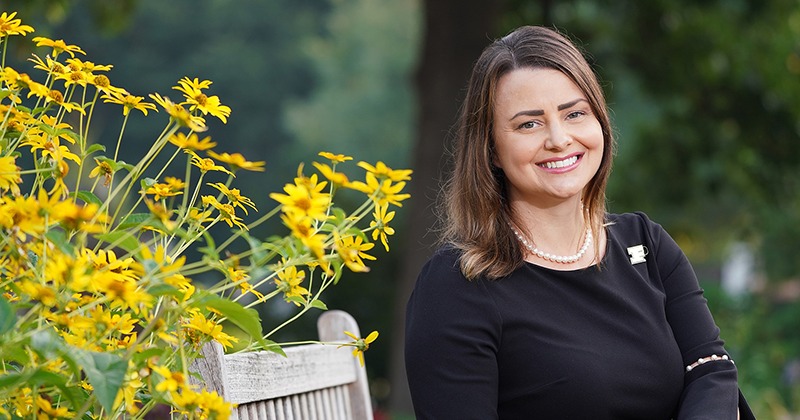The Scientific Animations Without Borders program or “SAWBO” is an educational system creating scientifically accurate animations “from global expert to end user.” After receiving a $1.6 million United States Agency for International Development (USAID) grant, co-founders Julia Bello-Bravo, assistant professor, Department of Agricultural Sciences Education and Communications and Barry Pittendrigh, Purdue’s Osmun Endowed Chair of Urban Entomology and director of the Center for Urban and Industrial Pest Management (CUIPM), along with John Medendorp, associate director of the CUIPM, expanded this highly scalable outreach program that uses the power of animation to disseminate scientific knowledge around the world.
Using SAWBO, researchers can effectively scale strategies to improve how information is developed and delivered across cultures, language and literacy levels and technological divides. Since 2011, the program has developed a systems approach to scale topic areas, in over 280 language variants, and their work has connected with over 60 million people across over 100 countries to date.
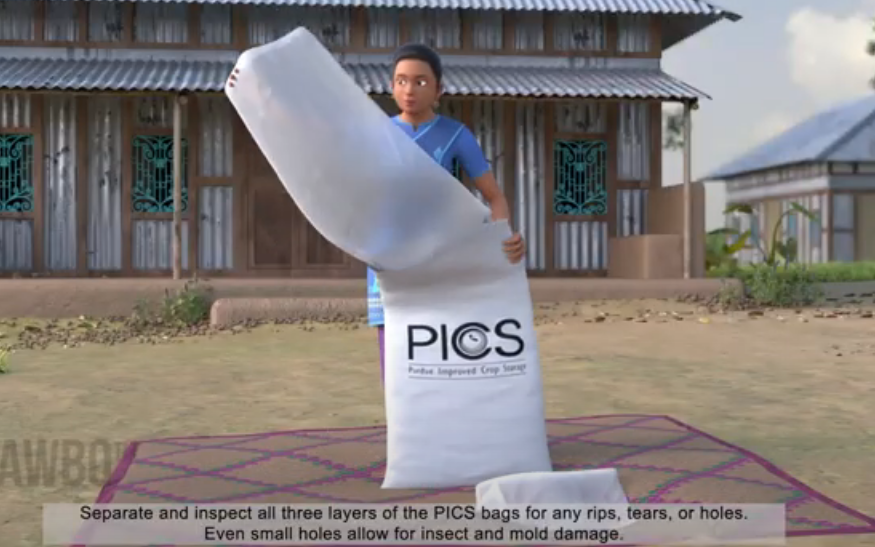
The animated videos are designed using global expert knowledge and then translated to connect with targeted populations around the world. The videos are adapted to conform to local languages, customs and even clothing to connect with cultural considerations in mind.
“One of the largest strengths of the program is the ability to be inclusive with language,” said Bello-Bravo. “There are many languages that are not mainstream, and providing animations with over 280 language options helps to not only bridge the gaps but also to preserve languages that are disappearing.”
SAWBO initially started providing Spanish language translation because it was Bello-Bravo’s native language. Since the initial translation, SAWBO has built up its portfolio of language options by connecting with “local experts in translation.” The program works broadly to locate local experts who can speak both English and another language. These individuals have been found working in rural communities, with non-governmental organizations (NGO), and students or faculty on the various campuses that SAWBO has worked with.
“Traditional agricultural extension systems are chronically constrained regarding both human and financial resources,” said Medendorp. “In some parts of the world, there is only one extension agent for over 30,000 farmers, and the task of training farmers under such circumstances is daunting. SAWBO shares the expertise through the animation, so that anyone with a mobile device and a mode of transportation becomes a purveyor of scientifically accurate extension information to some of the most remote parts of the world. A key to this approach is SAWBO’s ability and long-term potential to place its animations into any of the 7000 plus languages that exist globally.”
“Land grant universities, especially Purdue University, have been global powerhouses in research for development (R4D) innovations,” said Pittendrigh. “The next step is to share these R4D innovations with those needing the knowledge in a language they will understand. Two hundred and eighty language and accent variants are a good place to start.”
SAWBO strives for a gender balanced approach to the animation stories and often records both male and female translations. This has provided opportunities for gender empowerment among rural areas in developing countries, following the 2021 presidential executive order and the USAID’s initiative ”to improve the lives of people around the world by addressing the distinct and intersectional needs of women and girls, men and boys, in all their diversity, in our development and humanitarian work, as well as the norms and systems that hinder optimal outcomes.” SAWBO’s work represents a turning point in international development strategies, one which is highly inclusive of the great language diversity that exists across the world.
For more information: https://sawbo-animations.org/home/
View a sample SAWBO video about “How to identify and scout Fall Armyworm: Variant for Nepal”
